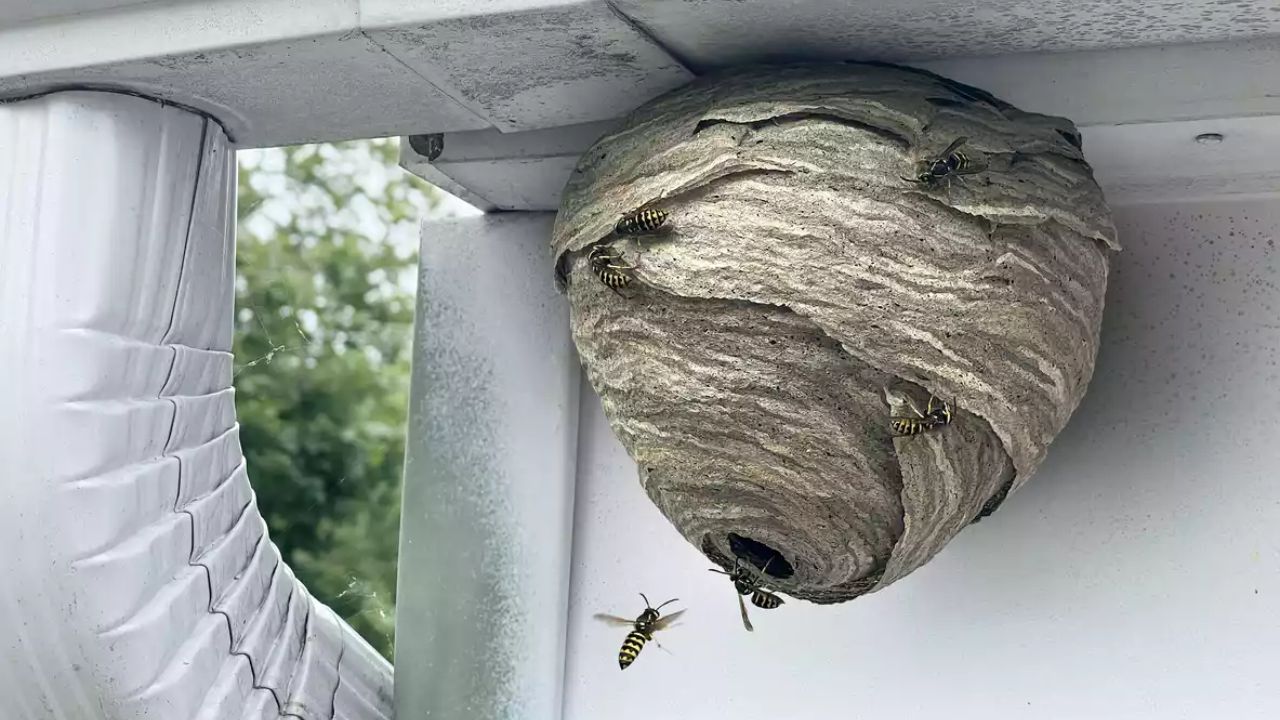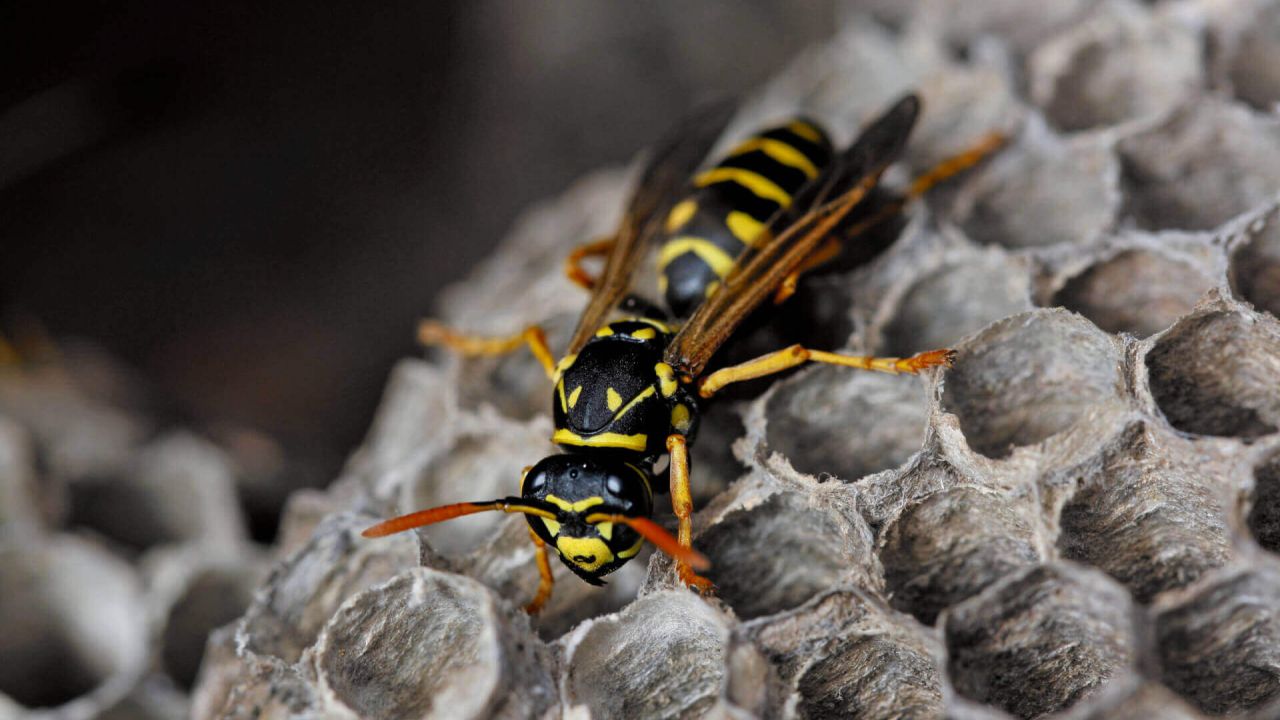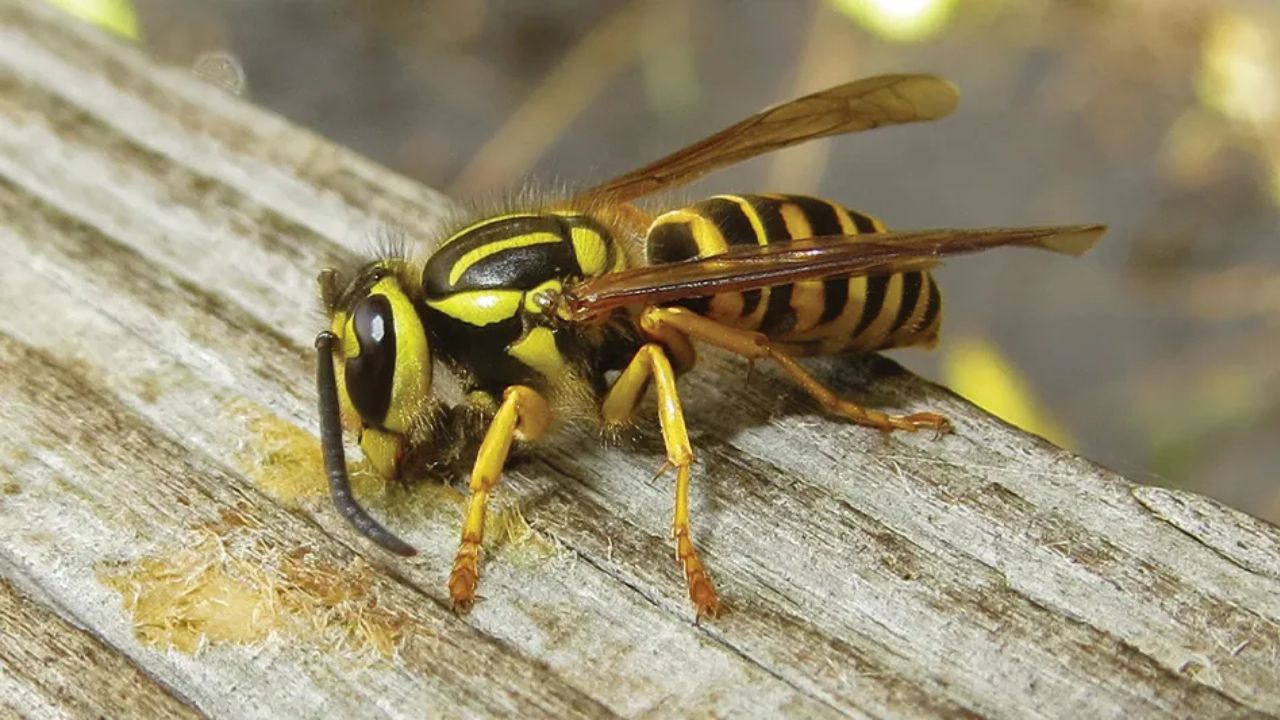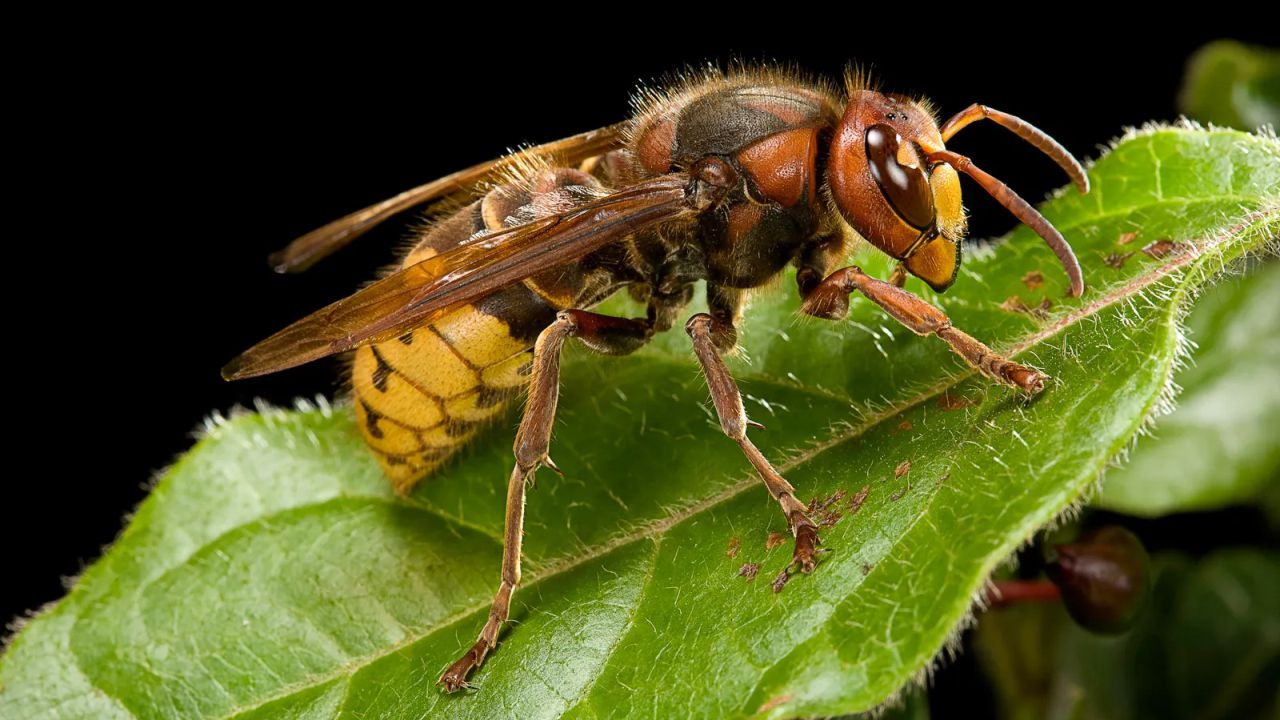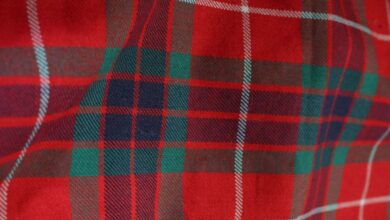How to Safely Handle a Wasp Nest: A Kid-Friendly Guide for Your Home
Learn Safe and Easy Steps to Remove Wasp Nests Near Your Home Without Risking Stings or Harm.
Imagine seeing a big, buzzing nest near your home. It might make you feel scared. But don’t worry! You can stay safe while dealing with wasps if you know what to do. Wasps are little insects that build nests to live and raise their babies.
However, they can be dangerous if they feel threatened because they can sting. This guide will teach you how to handle a wasp nest safely, keep your family safe, and even learn some cool things about wasps!
What is a Wasp Nest?
A wasp nest is like a home where wasps live and care for their young. Wasps are different from bees because they can sting more than once, and that’s why they are sometimes scary. They build nests in places like under the roof of a house, in trees, or even inside attics.
Nests are usually made of chewed-up wood mixed with wasp spit. This mixture creates a paper-like material, which is what their nests look like.
Wasps are super busy during warmer months like summer. That’s when they are most active, buzzing around, looking for food, and protecting their nests. Sometimes, they build their nests close to homes, which is when you need to be careful.
Why Do Wasps Build Nests Near Your Home?
Wasps build nests where they feel safe and can find food. They look for places that are hidden or sheltered from the rain, like under the roof, in garages, or trees. These spots protect them from the weather, and they feel safe raising their young there.
However, when a wasp builds a nest too close to your home, it can become a problem. Wasps don’t like it when people come too close to their nest. They might think you’re trying to hurt them, so they sting to protect themselves. That’s why it’s important to know how to deal with a wasp nest safely.
When Should You Remove a Wasp Nest?
Not all wasp nests need to be removed. If the nest is far away from where people hang out, it’s better to leave it alone. Wasps help the environment by eating other insects that can be harmful, like flies and spiders.
But if the wasp nest is close to your home or in a place where people walk by often, like near the front door or in the backyard, then it becomes important to remove it. Wasps can sting, and some people are allergic to wasp stings. For those people, a sting can be very dangerous. So, if the nest is in a risky spot, it’s best to get rid of it.
How to Stay Safe While Removing a Wasp Nest
When you have to remove a wasp nest, safety comes first. Wasps get very protective of their nest, and if they feel threatened, they may sting. Here are some steps to follow if you ever need to remove a wasp nest.
Wear Protective Clothing
The first thing you need to do is protect yourself. You should wear thick clothes that cover your whole body, including your arms, legs, hands, and face. Long sleeves, gloves, and a hat are all very important. You can even wear a bee veil, which is like a net that covers your face, so the wasps can’t get near it. Wearing the right clothes keeps you safe from getting stung.
Pick the Right Time
Wasps are less active at night or early in the morning. That’s the best time to remove their nest because they are all inside sleeping or resting. During the day, they are flying around, and that makes it more dangerous to approach the nest. When it’s dark, they are calmer, which means fewer chances of being stung.
Use the Right Tools
There are sprays you can buy that are made just for getting rid of wasps. These sprays are called insecticides. You can find them at a hardware store. When using the spray, make sure you stand a few feet away from the nest, so you don’t get too close. Spray the nest well, making sure it reaches deep inside. After you spray, wait 24 hours to make sure the wasps are gone before you remove the nest.
Remove the Nest
After you’ve waited 24 hours, check the nest to see if the wasps are gone. If there are no more buzzing wasps, you can carefully take down the nest. Use a long stick or tool to remove the nest, so you stay a safe distance away. Once you’ve removed the nest, put it in a sealed plastic bag and throw it away.
Stay Calm
If you feel scared or nervous while removing the nest, take deep breaths and stay calm. Wasps can sense if you’re scared, and quick movements can make them feel threatened. Staying calm and moving slowly will help keep you safe.
Should You Call a Professional?
Sometimes, removing a wasp nest on your own might feel too scary or dangerous, especially if the nest is very large or hard to reach. That’s when calling a professional is a good idea. Pest control experts know exactly how to remove wasp nests without putting anyone in danger.
They have special tools and safety gear, and they know how to handle even the biggest nests. If the nest is inside your home or somewhere hard to get to, like a high roof, calling a professional is the safest option. It might cost some money, but it’s worth it to keep you and your family safe.
Read Also: Your Guide to Finding the Perfect Home Care Service
Different Types of Wasps and Their Nests
Did you know that not all wasps are the same? There are different kinds of wasps, and they build their nests in different ways.
Paper Wasps
Paper wasps are one of the most common types of wasps. They get their name because they build nests out of paper-like material made from chewed-up wood. These nests usually look like small umbrellas and can be found under roofs or in trees. Paper wasps are not too aggressive, but they will sting if they feel threatened.
Yellowjackets
Yellowjackets are much more aggressive than paper wasps. They are also smaller and build bigger nests. Their nests are often hidden in the ground or inside walls. If you see a yellowjacket nest, it’s important to stay away because they can sting many times.
Hornets
Hornets are the biggest type of wasps, and their nests are also large. These nests are usually found in trees or high up on buildings. Hornets are very protective of their nests, so if you see one, it’s best to call a professional to remove it.
What Happens If You Get Stung by a Wasp?
Getting stung by a wasp can hurt a lot, but don’t panic! Most people can handle a wasp sting just fine. If you get stung, here’s what to do:
- Wash the Sting Area: Use soap and water to clean the sting.
- Put Ice on It: Hold an ice pack on the sting to reduce swelling and pain.
- Take Medicine: You can take medicine like ibuprofen to help with the pain.
But if you start feeling very sick, like having trouble breathing or feeling dizzy, you might be allergic. If this happens, tell an adult right away, and they should take you to a doctor as soon as possible.
Keeping Wasps Away from Your Home
Wouldn’t it be great if wasps didn’t build nests near your home in the first place? There are some things you can do to keep wasps away:
- Keep Food Covered: Wasps love sweet food. If you’re having a picnic outside, keep food and drinks covered.
- Close Trash Cans: Wasps are attracted to garbage. Make sure your trash cans are closed tightly so wasps don’t get in.
- Seal Cracks in Walls: Wasps can sneak into your home through tiny cracks in the walls or windows. Sealing up these cracks can keep them out.
- Hang Wasp Traps: You can buy or make wasp traps that attract and catch wasps before they build a nest.
Wasps are Good for Nature
Even though wasps can be scary, they help the environment in many ways. Wasps eat other insects like flies, spiders, and caterpillars. This helps keep the insect population under control. Without wasps, there would be too many harmful bugs around.
Wasps also help with pollination, just like bees. When they fly from flower to flower, they help plants grow by spreading pollen. So, while it’s important to stay safe around wasps, it’s also good to remember that they play an important role in nature.
Final Thoughts: Staying Safe Around Wasps
Wasps are a part of nature, and sometimes they build nests near our homes. While they can be dangerous, you don’t have to be scared if you know how to stay safe. Whether you decide to remove the nest yourself or call a professional, always put safety first. Wear protective clothing, pick the right time, and use the proper tools.
If you’re ever unsure, ask an adult to help, or call a pest control expert. And remember, wasps are helpful insects, too! They keep other bugs in check and help flowers grow. So, if you see a wasp nest far away from your home, it’s best to leave it alone.
With these tips, you can protect your family and enjoy the outdoors without worrying about wasps. Stay safe and have fun exploring nature!

